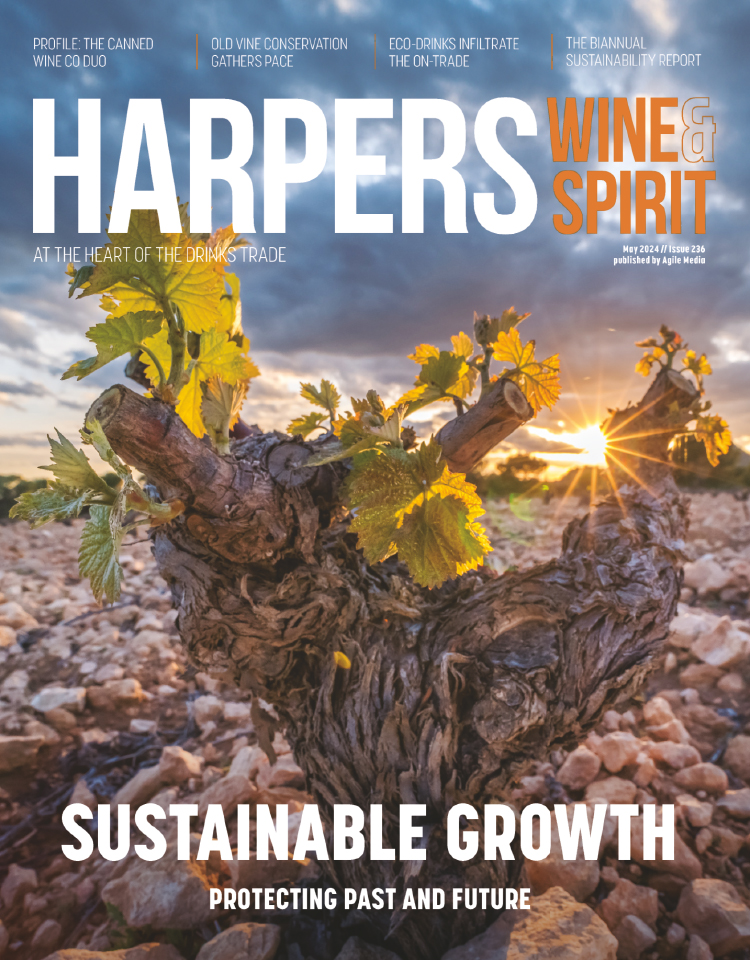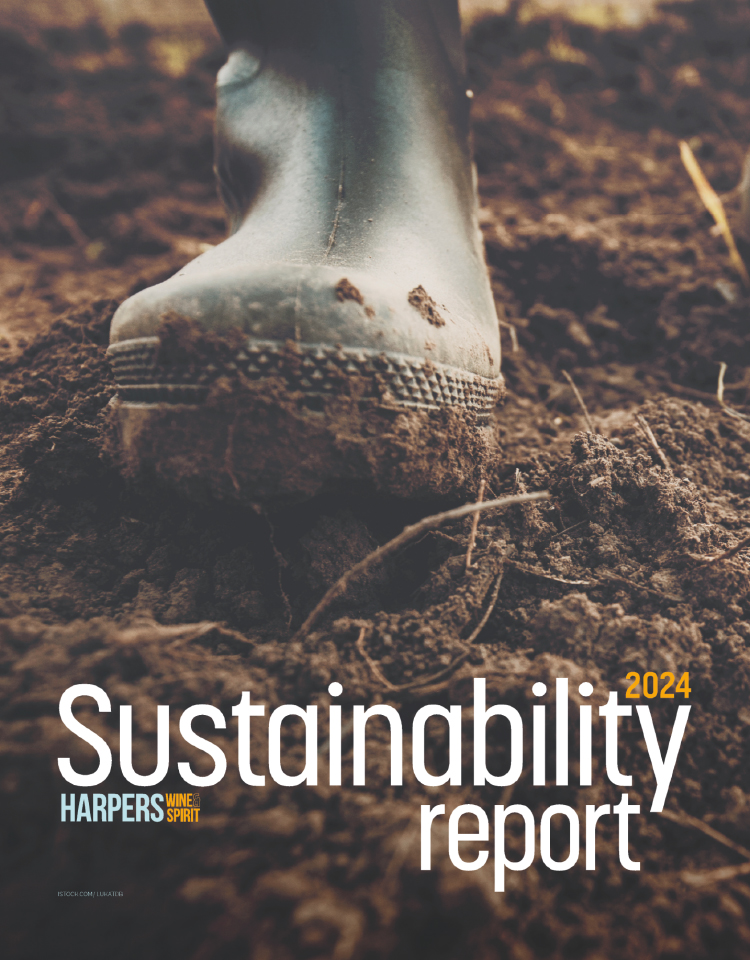
Wine Scholar Guild to develop new way to assess wine
The Wine Scholar Guild (WSG) has unveiled a new project aimed at developing a new way to assess wine.
The Guild said the Architecture of Taste Research Project (ATRP) would aspire to find a way to “empower the individual to taste and describe wine with an enriched and universal lexicon”.
The lexicon, it added, would “dive deeper into assessing the qualities of a wine’s building blocks”, in addition to “looking into the nature of a wine’s personality” and, where relevant, its corresponding terroir signature.
Moreover, the project would develop a new set of assessment criteria using the body’s own reflexive reactions as “a tuning fork to capture a wine’s inherent signal — a message that incorporates not only sensory perceptions but also perceived energy, the emotions it triggers and evocative elements that, once again, might link a wine to place”, said the WSG.
In the planning phase, it was taken into account how language formats individual thought and collective culture, it added.
“The last decades emphasized aromatic descriptors at the expense of other sensory modalities, but recent studies challenge this approach, since olfactory notes may speak more about the genetic background, the experience and the culture of a person applying them than about a specific molecule within the wine itself.”
For this reason, WSG said it had decided to rebalance the focus and put “tactile and mouth-feel descriptors” center stage, highlighting how these may prove more communicative regardless of experience or culture, for example, it pinpointed how few would confuse “thin with thick, or rough with smooth”.
Geometry is another universal language that ATRP intends to put to good use. While a component assessment can determine varietal identification, ATRP hopes to assign sensory-evoked shapes to soil and climate signatures that will enable an individual to pinpoint the fine nuances of different terroirs.
“Most dry Alsace Riesling Grands Crus check the same boxes in an analytical tasting grid. They unfortunately all resemble each other if you use analytical tasting methods,” said Julien Camus, WSG president, founder and leader of ATRP.
“Although they all belong to the same ‘family,’ assessing each wine from a tactile and geo-sensorial standpoint highlights the individuals within the ‘family.’ We’re hoping to introduce geometry together with other textural elements to assess origin more effectively.”
The research project is also experimenting with some non-traditional assessment criteria such as ‘perceived energy' and ‘message/sign', on the basis that the body intuitively knows the nature of what enters it, he added.
“Our body intuitively knows if a wine is nourishing and benevolent or if it will be hard on the stomach. Natural selection has taught us what is good for us. We need to pay more attention to the global intuitive signals our bodies give us. If we put our sole focus on wine’s structural components, we may miss the bigger message,” he said.
WSG’s current research was “very encouraging”, said Camus. “We are seeing little deviation in the descriptors selected on blind tasting panels… intimating that these descriptors are communicative. We are also finding that when using our assessment grid, certain sets of descriptors correspond to certain terroirs. There are patterns that are statistically significant.”
The first large-scale panel tasting using ATRP’s new tasting grid will take place in Alsace in September of 2021. Participants will include wine producers, sommeliers, wine retailers and journalists as well as serious wine hobbyists.
Keywords:
- wine
- new
- taste
- project
- way
- individual
- guild
- scholar
- assess
- “empower
- scholar guild
- wine scholar
- new way
- assess wine
- project atrp
- wine scholar guild
- develop new way
- scholar guild wsg
- taste research project
- research project atrp
- WSG
- ATRP








